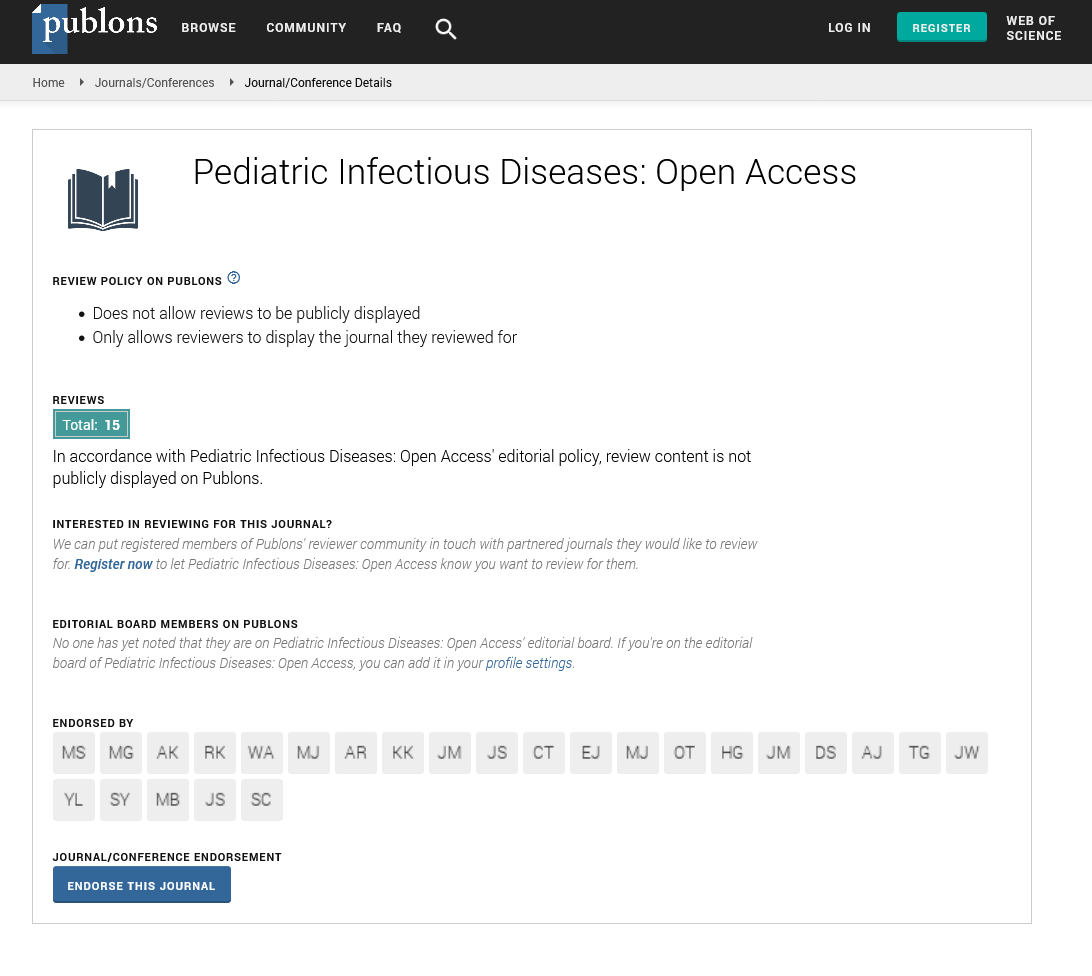Abstract
Etiology and Causative Pathogens of Febrile Neonates
Background: Evaluation and treatment of febrile neonates varied widely among the different centers. The prevalence of serious bacterial infection (SBI) is high in neonates; thus, most experts would support the approach of a full sepsis evaluation and hospitalization. We aimed to evaluate the clinical and laboratory characteristics of febrile neonate less than 28 days of age and describe the incidence of SBI in febrile neonates.
Methods: This prospective observational cohort study was include neonates with a rectal temperature of ≥ 38°C who admitted to NICU between 2011 and 2015. Demographic information, physical examination findings, laboratory test results, and final diagnosis were recorded and compared to identifÃÆââ¬Å¾Ãâñedas serious bacterial infection (SBI) or no-SBI. For determination of SBI; CRP and WBC cut-off values were calculated by receiver operating characteristic curve analysis.
Results: 328 infants were included the study. The overall rate of SBI was 38.4%. The common final diagnosis were found unknown reason (43.6%), urinary tract infection (15.5%), dehydration (14%), and bacteremia (5.8%). The most common bacterial growth in culture Escherichia coli in 19 cases and Methicillin-Resistant Coagulase-Negative Staphylococci in 16 cases detected. A significant cut-off value could not be determined for CRP (AUC: 0.664) 95% CI: 0.604-0.723 and WBC (AUC: 0.535) 95% CI: 0.472-0.597.
Conclusion: Gram positive pathogens were more common in febrile neonates than older febrile infants. A reliable cutoff value for CRP and WBC for detection SBI in neonatal period could not be determined.
Author(s):
Lida Bulbul, Ali Bulbul, Seda Ocak, Umut Zubarioglu, Mine Cengiz, Sinan Uslu, Evrim Kiray Bas and Gizem Kara Elitok
Abstract | Full-Text | PDF
Share this

Google scholar citation report
Citations : 230
Pediatric Infectious Diseases: Open Access received 230 citations as per google scholar report
Pediatric Infectious Diseases: Open Access peer review process verified at publons
Abstracted/Indexed in
- Google Scholar
- China National Knowledge Infrastructure (CNKI)
- Cosmos IF
- Secret Search Engine Labs
Open Access Journals
- Aquaculture & Veterinary Science
- Chemistry & Chemical Sciences
- Clinical Sciences
- Engineering
- General Science
- Genetics & Molecular Biology
- Health Care & Nursing
- Immunology & Microbiology
- Materials Science
- Mathematics & Physics
- Medical Sciences
- Neurology & Psychiatry
- Oncology & Cancer Science
- Pharmaceutical Sciences


